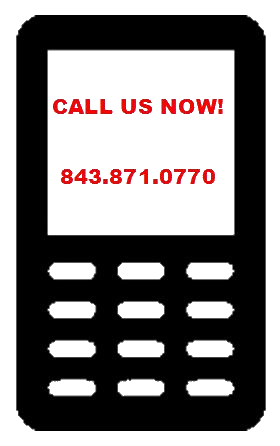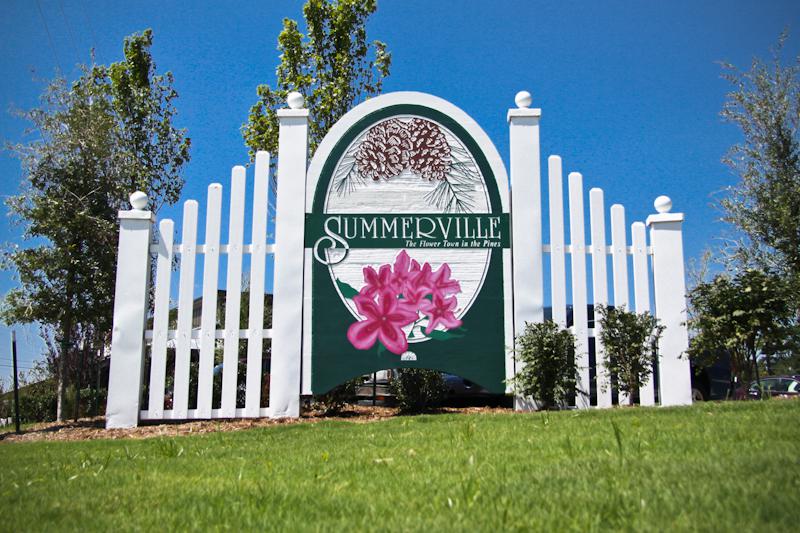Vector Based
Graphics Files:
We prefer to work with vector (outline) graphic files because they are
resolution independent (we can scale up these images without loss of quality.
This is the best format to send sign graphics to us, we generally don't have to
alter your artwork, although we will perform prepress work (trapping, color
separation, etc.). It's important to understand that most vector graphics
programs can include bitmap graphics or effects, these are not vector graphics.
A vector graphic only contains outlines. We will except files from the
following vector graphics programs:
Adobe Illustrator:
We accept
Illustrator (*.ai) files version 10.0 and lower. If you are sending a
Illustrator file, be sure to include font files or create outlines from all
text (select text and press CTRL+SHIFT+O) prior to saving.
EPS
.eps Encapsulated PostScript Files (*.eps)
are a great format that most vector based graphics programs will export.
Remember to convert all text to paths, curves, outlines before exporting an
.eps file. While we prefer to use the original native file format from the
above programs, we will accept an EPS file, provided that there are no embedded
bitmaps included.
Raster Based
Graphics Files:
Raster (or bitmap) graphic files are pixel-based formats. This is the best
format to send photos to us. Keep in mind that your photo will be output at 300
dpi in the final size (photos on name riders are usually 3-1/2 x 5 inches).
Generally, photo images that were saved for business cards and web sites are
NOT high enough resolution. While we prefer
vector graphics for sign art, we will accept raster images, but we will have to
re-create your design using your file as a guide. We will except files from the
following raster graphics programs: Adobe Photoshop:
.psd
We accept Photoshop (*.psd) files version 6.0 and lower. You can send
us photos in this format, be sure they are 300 dpi at 3.5 x 5 inches.
If you are sending a sign layout in Photoshop format, be aware that
well only be able to use your file as a guide for when we "re-create"
your artwork. TIFF
.tif TIFF (Tagged Image File Format) The standard "raw data" file
in the graphics world. Produces high quality images due to the fact it does not
use compression in it's standard form. We highly recommend sending us all
photos or pictures in this format, but please be sure they are at least 300 dpi
at 3.5 x 5 inches.
JPEG or JPG
.jpg JPEG (Joint Photographic Experts
Group) Using sophisticated compression techniques, this format can be 1/10 the
size of normal "raw data" files. While well suited for photographic
Web files, we don't recommend using these files for printing. Please do not
compress your jpeg.
GIF
.gif GIF (Graphics Interchange Format) is a very popular and well-used file
format for line-art graphics on the Web. If you are sending a sign layout in
this format be aware that we will only be able to use your file as a guide, we
will have to re-create your artwork. Windows Bitmap
.bmp Bitmap (Windows Bitmap) files (*.bmp) are raw data files that are often
used for background images within Window's Desktops. If you are sending a sign
layout in this format be aware that we will only be able to use your file as a
guide, and we will have to re-create your artwork.
Vector: A digital file format, where the
image is made up of true lines & curves to form a perfect image that can be
enlarged to any size and remain the same quality.
Bitmaps: A digital file format, where the
image is made up of pixels.
Note: To quickly find out
if your image is a bitmap, zoom in a few clicks. If the image loses quality and
pixels begin to show up, it is a bitmap. Colors may vary
slightly from, Monitors to Desktop Printers, Laser Printers, Presses, Plotters,
etc. Always provide a
color print with your disk so we can see preferred colors of final product. | 
207 East 5th North Street
Summerville, SC 29483
Phone: 843-871-0770
Fax: 843-871-0270 Hours:
Monday – Friday 8am – 5pm
|


